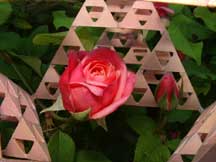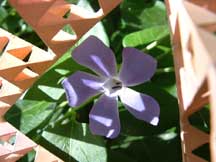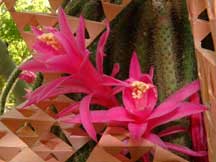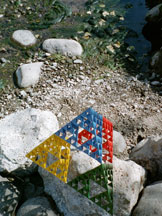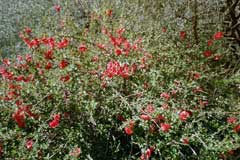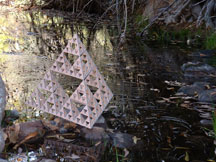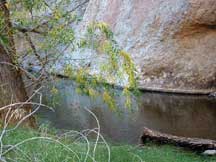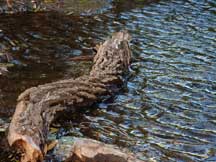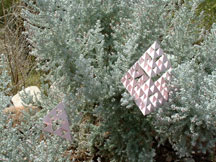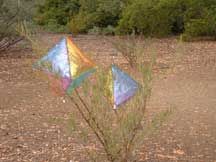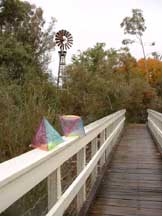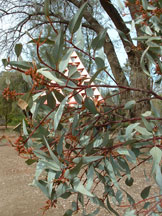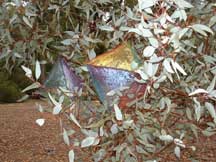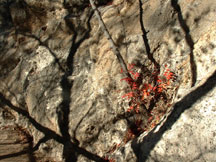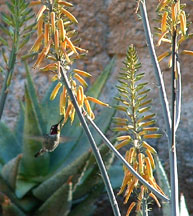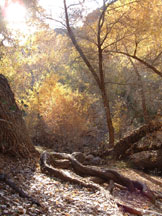|
|
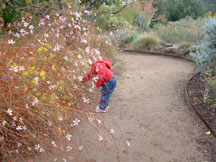
|
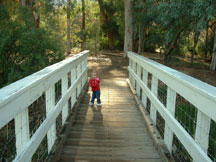
|
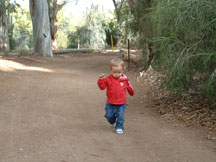
|
These first two rows of images have no Sierpinski tetrahedra in them. Instead, I have put up a few images of my granddaughter that show the arboretum from a bigger view. The left image was taken at Boyce Thompson's demonstration garden. The bridge in the above-middle picture is Outback Bridge that crosses Silver King Wash. The bridge in the second row is new, and it crosses over the Queen Creek river to the arboretum's High Trail. Photos from the 3rd row down show isolated blossoms and up-close views of the arboretum against the tetrahedrons. |
||

|
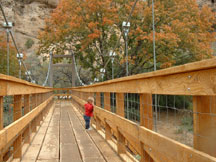
|
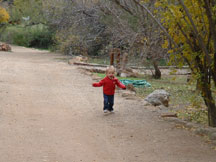
|
|
My granddaughter especially loves the bridges, and they are safe for children. There is a lot of open ground to run on, too. There are places where you have to stay on the trail, but even then, the trails are wide and well-maintained. In the photo on the left, she was mesmerized by a photographer taking pictures of birds. The Boyce Thompson Arboretum is home to lots of birds and early morning bird watchers. |
||
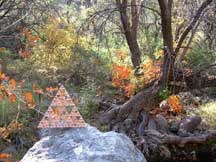
|
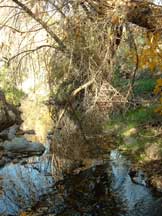
|
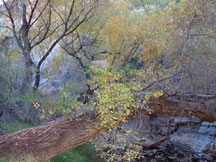
|
|
|
||

|

|

|
|
The middle picture shows a stage-3 Sierpinski Tetrahedron painted in iridescent russet sitting in a Fluted Horn Mallee (Eucalyptus stowardii) from the Myrtle Family in W. Australia. |
||
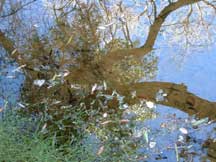
|
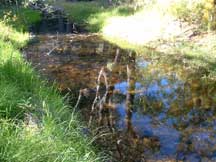
|
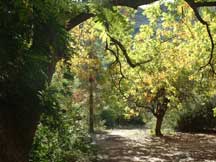
|
|
Taken along Queen Creek in November 2003. I didn't have the tetrahedrons with me the day these were taken. The image on the right was taken in the cultivated section of the arboretum. |
||
| Frequently Asked Questions |
|
The contents of this web page are © Copyright Gayla Chandler. Permission must be sought for all but personal use for study or enjoyment. |
